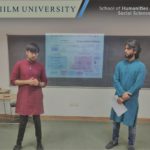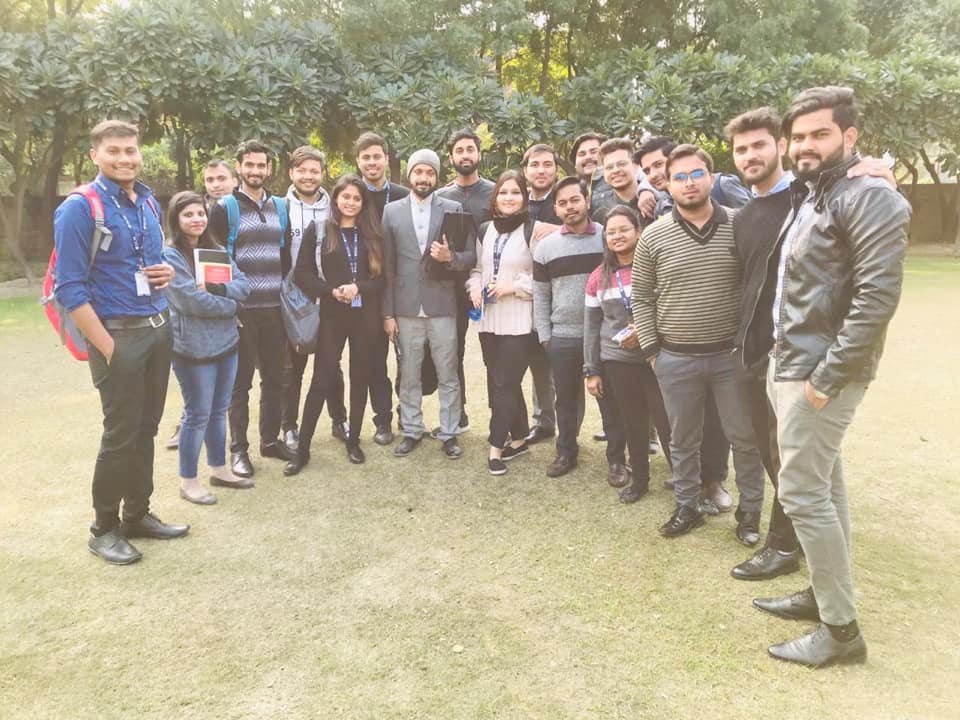Introduction:
Board results are the quintessential discussion for parents and students which also becomes the most discussed topic amongst family. Unfortunately, it’s marking a child’s future with the percentage for the rest of their lives and not to mention labelling them.
The amount of pressure that board classes bring with them has been accounted in various studies, clearly signifying, inverse correlation of stress and marks in board exams, even though we continue to pressurize students to attain, at times, the impossible.
Expectations (from parents, teachers, peer and self) may crumble the self-esteem, as well as performance in boards and can have devastating effects on students and their career options.
100% Board results-2020
In 2019, as many as 17,693 students scored more than 95% in CBSE XII and the numbers increased to 38,686 students in 2020. Board results 2020 have raised the bar for students, who will be giving exams from here on. To compete with 100% marks can have challenges in plenty. Not to downsize the student who made that effort and actually got those brilliant marks; the discussion is about students who got a distinction (above 75%) and still feel “not good enough”.
This unfortunate inadequacy of “could get better marks” is a dilemma any student scoring marks from 70-90% category feels, especially when the choice of subjects in a prestigious university looks bleak. Not that the ones who make it over 90% waltz through the top universities. They also struggle and at some point “have to compromise” on the course or a college.
Can you accept your marks and not label it as destiny?
My observation while looking at board results- Yes, it is the highlight of your life and will be compared in galore with cousins, friends and any known person who got better marks than you. However, could we stop putting the blame on either teachers, Corona or pressure from known and accept what we scored gracefully?
Can we find jubilance in clearing class XII and being ready for applying in colleges rather than whining of what could happen if we scored better? Acceptance of board results brings inner peace and reduces comparisons which clearly isn’t helpful. I believe board results don’t shape your destiny and that only if you are ready to believe in yourself, can life offer opportunities for you to carve out the best in self.
If we can make a reality check and be honest with oneself, as to what are the strengths and to work on them, we may find our success, even if it feels inadequate to others. The key to convince parents and friends is when you, yourself can accept what you want to do, or reach out for counselling, if unable to make career choices.
Try reducing those mountains of expectation or mirages of “what I should be” to “what I can be” for a better career path and at the same time enjoy the journey of becoming your own person.
Experience the “Joy in Learning at IILM”
With newer opportunities coming up every day like School of Humanities at IILM University, Gurugram, we encourage students from varied fields to open their minds to choose a trending subject and experience the joy in learning. With latest pedagogy in teaching, faculties at IILM strive to help students create a niche for themselves and prepare themselves for better career opportunities.
Conclusion:
Board results could have brought tears of joy or disappointment given what you were expecting and what was received as results. See this as an opportunity to explore and search what and where you want to take your college education. Comparisons and expectations can be hurtful, so try avoiding them by focusing on “what you think you want” than “what you should be”.
“Every accomplishment starts with a decision to try”












